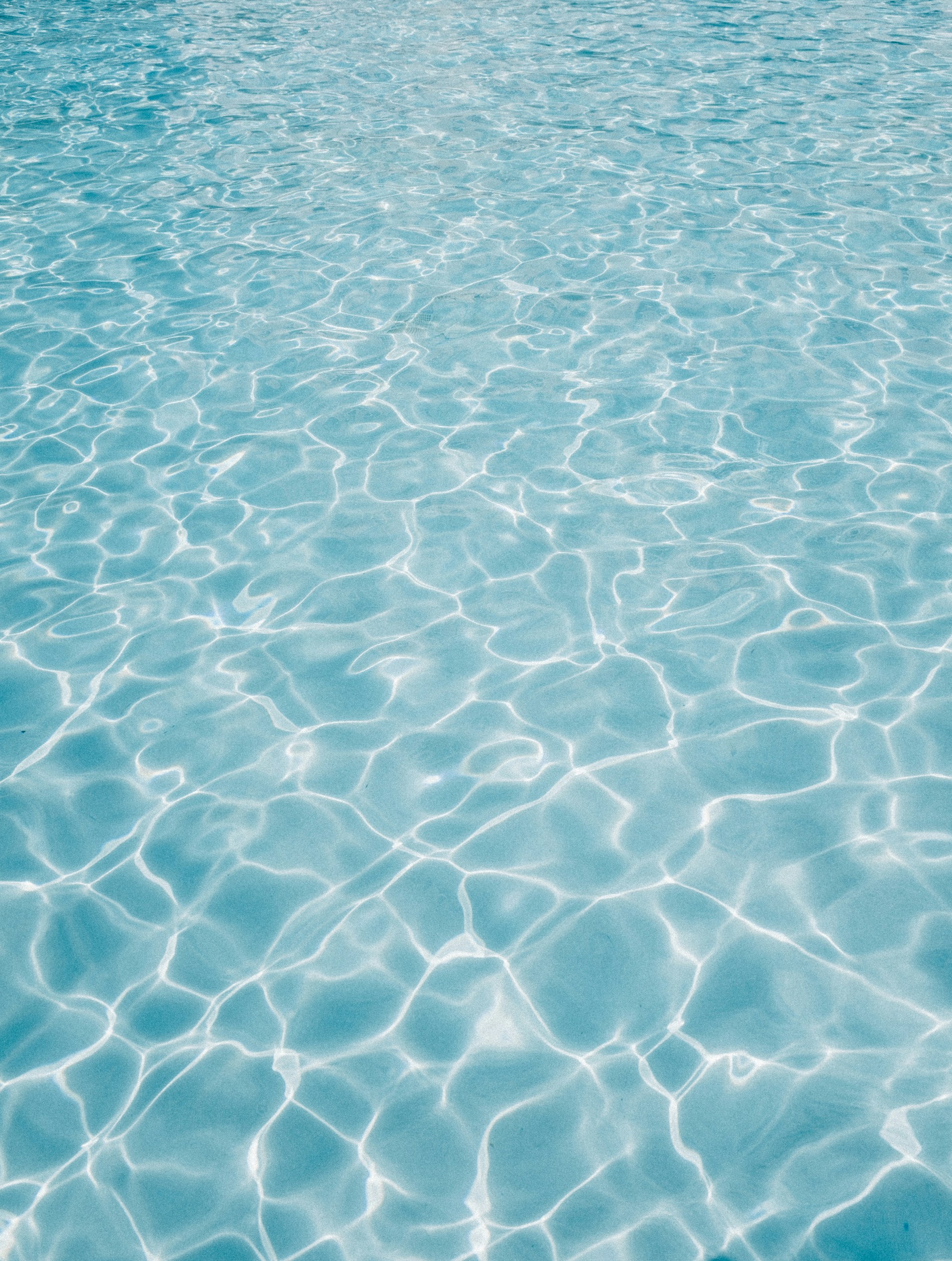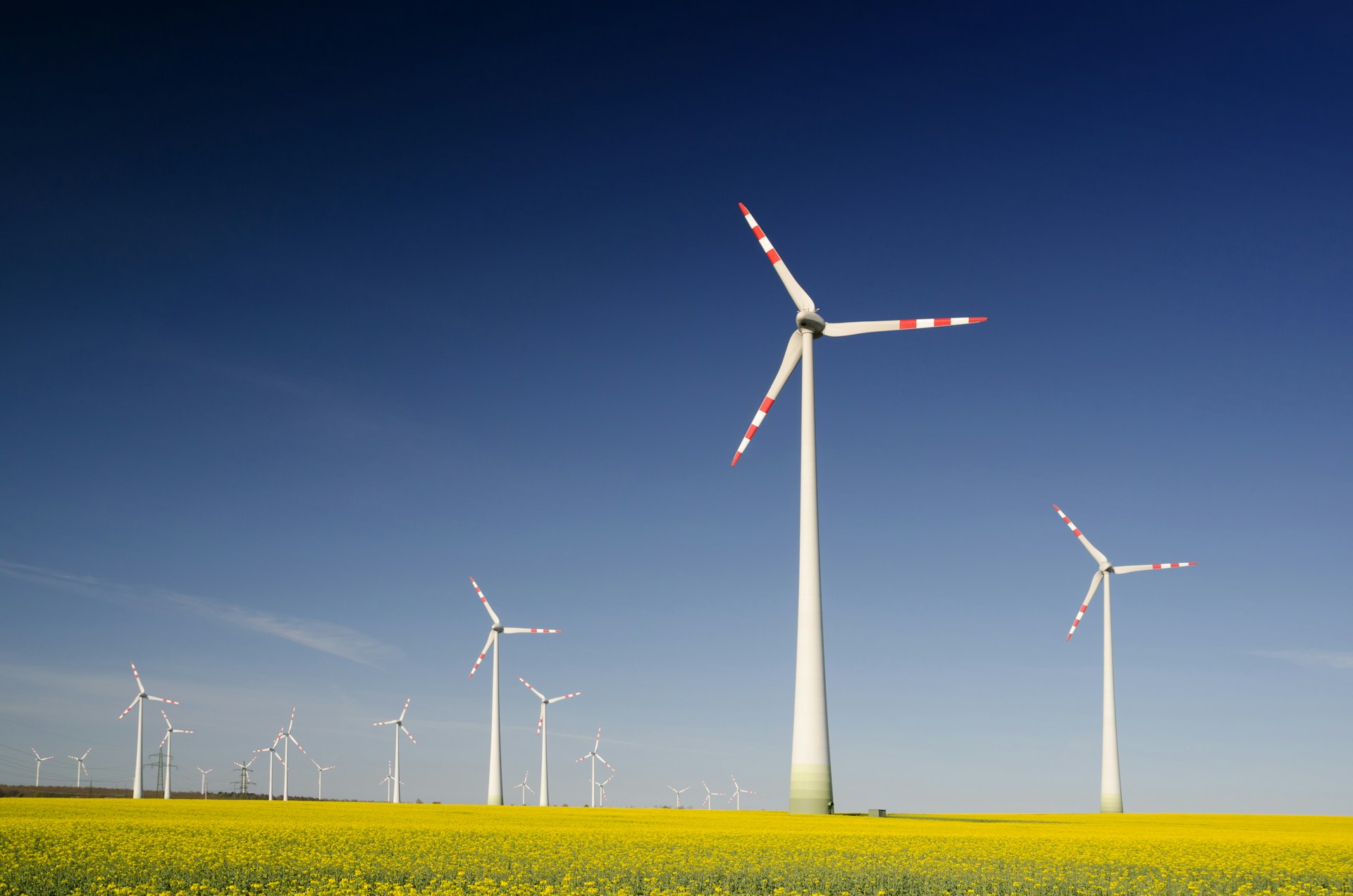
The top tier value source for membrane water & wastewater Solution.












What do we do
Commerical RO Skid
Industrial RO Skid
UF Skid
Solar RO Skid
Commerical & Industril UF Skid
Deminerised Water Skid
Supported Hollow Fiber MBR Module
Flatsheet MBR Module
Tubular Membrane
Containerised RO System
Ultrapure Water Skid
UF Membrane


Electromembrane Processes consist of those technologies that apply the electric potential gradient as the driving force of ion transport. The main electromembrane processes are:
Electrodeionization (EDI)
Electrodialysis (ED)
Electrodialysis reversal (EDR)
Electrodialysis with bipolar membrane (EDBM)
Capacitive deionization (CDI)


RO is very effective in treating brackish (surface and ground), tap and sea water for both small and large applications. Some examples of applications:
Municipal drinking water
Food and beverage industry
Agricultural irrigation
Industrial ultrapure water
Industrial process water
Waste water reuse
Power industry (boiler feed water, cooling towers)
Municipal/industrial water reuse


MBRs stand out for their efficiency in treating high-strength wastewaters and their smaller footprint compared to traditional systems. They are ideal for places where space is limited or where environmental regulations require high-quality effluent. Their automated nature also makes MBRs a low-maintenance, user-friendly choice for effective wastewater management.


Ion exchangers are used to remove salts (cations and anions) from the water. The typical application are
Softeners - Removal of Calcium (Ca) and Magnesium (Mg)
Cationic/Anionic demineralisation plants
Mixed Bed Polishing plants
Selective ion-exchange for the removal of heavy metals
Technology We Apply


MEMTIK FMBR SERIES MBR ADVANTAGES
PVDF Material
Permanently hydrophilic (dry storage)
Higher MLSS concentration
High & stable flux
High tensile strength
High chemical resistance
No backwash required


MEMTIK HMBR SERIES MBR ADVANTAGES
PVDF Material
Permanently hydrophilic (dry storage)
Reinforced hollow fibre
High & stable flux
High tensile strength
High chemical resistance
Suitable for backwash


FMBR-E100 Series
• Membrane area: 1.0m2
• Design Flux (LPD): 400~600FMBR-A80 Series
• Membrane area: 0.8m2
• Design Flux (LPD): 320~480FMBR-A150 Series
• Membrane area: 1.5m2
• Design Flux (LPD): 600~800FMBRE100/A80/A150Module
HMBR-MA10 Series
• Surface: 10m2
• Design Flux (LPD): 2,000~5,000HMBR-MB25 Series
• Surface: 25m2
• Design Flux (LPD): 5,000~12,500FMBR-MA10/MB25 Modules
MEMTIK TMF SERIES Tubular Membrane ADVANTAGES
High velocity
High filtration precision
Low fouling
Excellent pore distribution
Resistant to pH extremes
Cross-flow filtration
Optimized for purification & concentration of feed liquids with high suspended solids.
Structured with Hyper™ PVDF (polyvinyl difluoride) for high alkali resistance or PS (polysulfone) for high caustic resistance, delivering high strength and molecular weight cut-off precision (100k ~ 500k Daltons).
TMF 10" Series
• 6mm Tubular Surface: 68m2 / 50m2
• 8mm Tubular Surface: 56.7m2 / 42.5m2TMF 8" Series
• 6mm Tubular Surface: 43.6m2 / 34m2
• 8mm Tubular Surface: 36.3m2 / 27.2m2TMF 6" Series
• 6mm Tubular Surface: 19m2
• 8mm Tubular Surface: 15.2m2TMF 4" Series
• 6mm Tubular Surface: 8.5m2 / 5.5m2
• 8mm Tubular Surface: 6.4m2 / 2.1m2
The Benefit of Membrane Bioreactor MBR in Aerobic/Anaerobic Biological Process
Enhanced Treatment Efficiency:
Membrane Bioreactors (MBRs) improve the treatment efficiency of aerobic/anaerobic biological processes by providing a physical barrier that separates the biomass from the treated water, resulting in higher quality effluent.
Enhanced Treatment Efficiency:
Membrane Bioreactors (MBRs) improve the treatment efficiency of aerobic/anaerobic biological processes by providing a physical barrier that separates the biomass from the treated water, resulting in higher quality effluent.
Reduced Sludge Production:
MBR technology leads to reduced sludge production due to the retention of biomass within the system, resulting in lower disposal costs and environmental impact.















